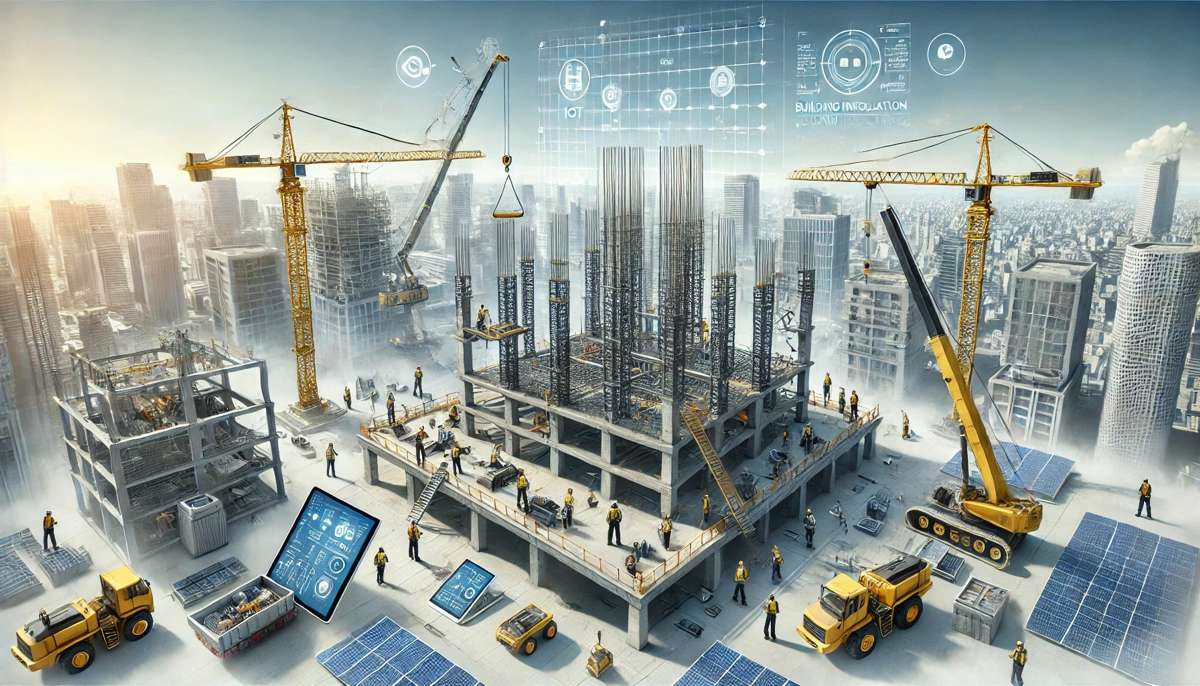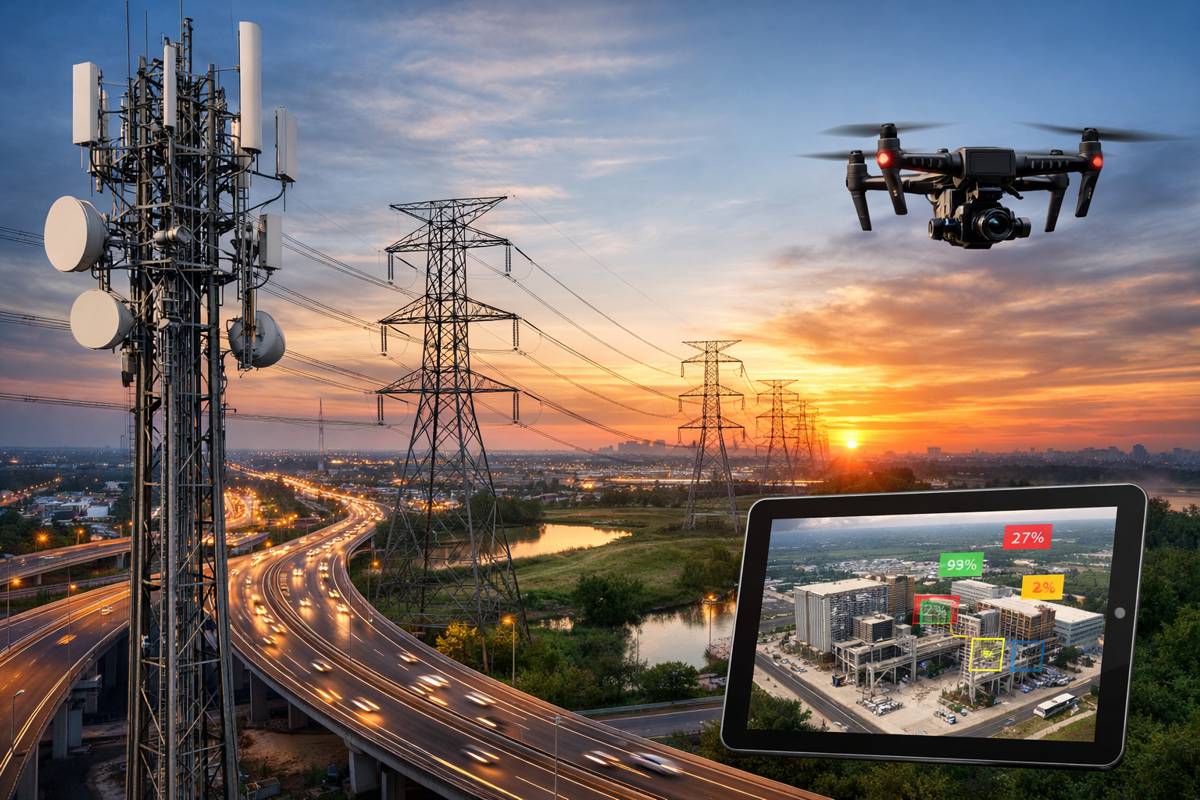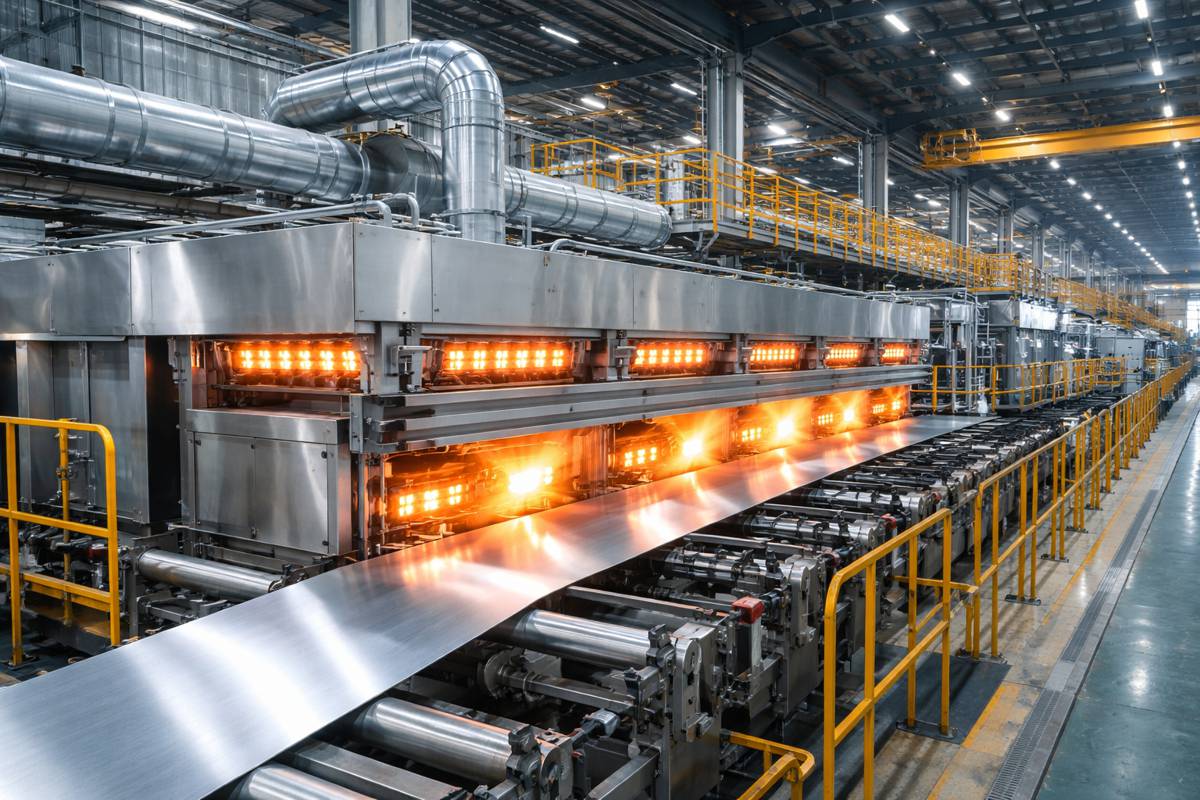How To Leverage Technology for Construction Efficiency
Efficiency is at the core of every successful construction project, and technology is the key to unlocking it. By adopting the right tools, construction companies can streamline operations and reduce costly delays.
If you’re ready to boost construction efficiency and maximize productivity on your sites, these tech-driven strategies will help you get there.
Adopt Building Information Modeling (BIM)
One of the most impactful tools in construction today is Building Information Modeling. BIM software allows you to create digital representations of structures, integrating all aspects of a project, including design, materials, and timelines, into one model. This technology gives everyone—from architects to construction project managers—a clear view of how different parts of a project will come together.
By using BIM, you can spot potential conflicts early, reduce rework, and ensure that materials and labour are used efficiently. It also enables more precise cost estimates and timelines, which means fewer surprises down the road.
Use Drones for Site Surveys and Monitoring
Drones have quickly become invaluable tools in construction. Instead of relying on traditional, time-consuming surveys, drones provide real-time aerial views of a job site. These aerial images allow for quicker, more accurate site surveys and progress monitoring.
With drones, you can collect large amounts of data faster, inspect hard-to-reach areas, and make informed decisions. They also help track site logistics and safety compliance, leading to better outcomes for projects. As a result, drones improve project scheduling by providing detailed, up-to-date insights into job site conditions.

Incorporate Robotics into Labour-Intensive Tasks
Robots are no longer a futuristic idea in construction—they’re being used to handle labour-intensive and repetitive tasks. Automated bricklaying robots, for example, can lay bricks faster than human workers, reducing labour time significantly. Similarly, robots are being used for tasks like concrete pouring, demolition, and even painting.
Although robotics can greatly enhance productivity, the initial investment required for such technology can be considerable. If you’re looking to adopt these advanced tools but are concerned about the upfront costs, you can check Credibly’s website for small business loan options to ease the financial burden. With the right support in place, automating these tasks will allow you to improve precision, speed up processes, and reduce the risk of injuries on the job site.
Leverage Artificial Intelligence (AI) for Predictive Analytics
Artificial intelligence (AI) has many applications in construction, which includes providing predictive analytics. AI-powered tools can analyse data from past projects to predict potential issues or delays. For example, by analysing weather patterns, material availability, and labour costs, AI can forecast challenges that might arise in a project, allowing you to adjust your plans proactively.
However, implementing AI tools effectively requires robust IT infrastructure and management. Partnering with a provider like CausMX in Calgary can ensure your IT systems are equipped to handle the demands of AI technology, allowing you to maximize its potential for your construction projects. With the right tech support, AI can optimize schedules, improve resource allocation, and make data-driven decisions, leading to fewer delays and smarter project management.
Embrace Construction Management Software
Managing a construction project involves juggling countless tasks, from scheduling to budgeting. Construction management software helps you bring all of these elements under one roof. This software tracks project timelines, allocates resources, and even manages communication between teams.
This type of software enhances operational efficiency by reducing delays, minimizing errors, and allowing real-time updates. By streamlining the construction process, you can significantly boost project efficiency and ensure projects are completed on time and within budget.

Use Mobile Technology for On-Site Communication
Mobile technology has made communication on construction sites faster and more efficient. With mobile apps designed for construction, you can ensure that everyone on-site is on the same page. These apps allow teams to access plans, update tasks, and report issues in real time, no matter where they are.
Using mobile technology keeps communication clear and helps you address problems as soon as they arise. Additionally, it reduces miscommunication, which can lead to costly delays or errors.
Implement Virtual Reality (VR) for Design and Training
Virtual reality offers a unique way to improve both the design process and on-site training. With VR, you can create immersive 3D models of a project before breaking ground. This allows you to walk clients or team members through the project virtually, making it easier to spot design flaws or improvements.
On the training side, VR can be used to simulate construction tasks and safety scenarios, offering workers hands-on experience without the risk. This leads to more effective training programs and better-prepared teams, which reduce the chances of errors or accidents on-site.
Utilize Prefabrication and Modular Construction
Prefabrication and modular construction are gaining traction as ways to save time and money. In prefabrication, parts of a building are constructed off-site in a controlled environment and then assembled on-site. This method reduces waste, improves quality control, and speeds up the construction process.
Modular construction takes this a step further, creating entire rooms or sections of a building off-site. These pre-built modules are then transported to the construction site and connected. Both methods can significantly reduce construction time, improve safety, and lower costs while maintaining high standards of quality.

Invest in Energy-Efficient and Sustainable Technology
As sustainability becomes more important in construction, investing in energy-efficient technologies can make your projects more attractive to clients and reduce long-term costs. Smart thermostats, energy-efficient lighting, and green building materials are just a few ways to incorporate sustainability into your projects.
You can also use technology to monitor energy use during construction and adjust processes to reduce waste. Not only does this benefit the environment, but it also helps you meet increasingly stringent regulatory standards while cutting costs.
Monitor Equipment with Internet of Things (IoT) Technology
IoT technology is transforming equipment management on construction sites. By attaching IoT devices to machinery, you can monitor usage, location, and condition in real time. This helps prevent equipment downtime by allowing for predictive maintenance, ensuring that machines are available when needed.
IoT-enabled equipment management also improves construction site efficiency by reducing delays and minimizing idle time, leading to smoother operations and better project outcomes.
Enhance Safety with Wearable Technology
Wearable technology enhances safety on construction sites by providing real-time data on workers’ health and environment. Devices like smart helmets and vests monitor potential hazards, such as temperature changes or exposure to harmful substances, and alert workers immediately.
By improving safety, wearables help reduce accidents and maintain a steady workflow, which contributes to construction productivity.
Final Thoughts
Technology has become an essential driver of efficiency in the construction industry. By incorporating innovative tools such as BIM software, AI, and modular construction, you can streamline operations, reduce waste, and improve project outcomes.
As the construction landscape continues to evolve, staying adaptable and leveraging these advancements will keep your projects running smoothly and on time. Ultimately, embracing these technologies will position your business for long-term success.




















